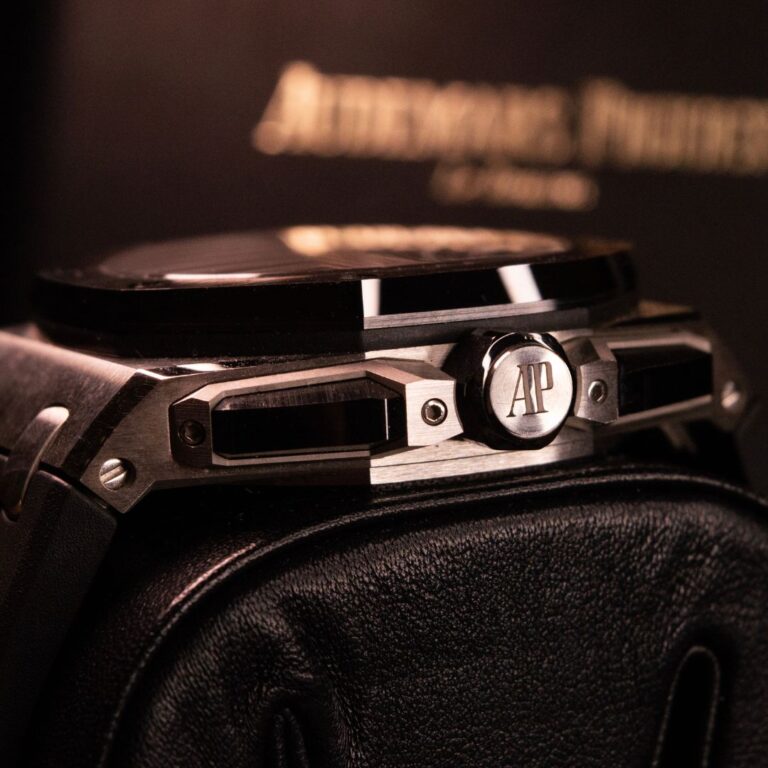Audemars Piguet (AP) stands as one of the most prestigious names in the world of haute horology. Established in 1875, the Swiss luxury watchmaker is celebrated for its innovative designs, technical mastery, and exclusivity. This article delves into the rich history of Audemars Piguet, exploring its journey from a family-run business to a global powerhouse, as well as its estimated net worth and influence in the luxury watch industry.
Founding and Early Years (1875–1900s)
Audemars Piguet was founded in 1875 by Jules Louis Audemars and Edward Auguste Piguet in the Vallée de Joux, Switzerland, a region known for its watchmaking expertise. The two founders shared complementary skills:
- Jules Audemars: Focused on producing complex watch movements.
- Edward Piguet: Specialized in the business and sales aspects.
Their collaboration led to the creation of watches that were not only mechanically advanced but also aesthetically stunning. Early on, Audemars Piguet gained a reputation for creating complicated timepieces, such as perpetual calendars, minute repeaters, and chronographs.
Milestones in Audemars Piguet’s History
- 1900s: International Expansion By the early 20th century, Audemars Piguet began exporting its watches globally, including to the United States, where it found a growing market among affluent customers.
- 1920s: Art Deco Influence During the Art Deco era, AP produced strikingly beautiful and geometrically inspired designs. Its expertise in crafting skeletonized watches further elevated its status.
- 1972: The Birth of the Royal Oak
- Designed by Gérald Genta, the Royal Oak was introduced at the Basel Watch Fair in 1972. This stainless-steel sports watch broke conventional norms with its octagonal bezel, integrated bracelet, and industrial-chic aesthetic.
- Initially controversial due to its bold design and high price, the Royal Oak became a game-changer, creating the luxury sports watch category and revitalizing the brand during the quartz crisis.
- 1993: The Royal Oak Offshore
- A larger, sportier iteration of the Royal Oak, the Offshore line appealed to a younger demographic and solidified AP’s relevance in modern luxury watchmaking.
- 2000s–Present: High Complications and Collaborations
- AP continues to innovate, creating timepieces with complications such as the Supersonnerie minute repeater and ultra-thin perpetual calendars.
- Collaborations with artists like Jay-Z and celebrities like LeBron James have further enhanced the brand’s cultural cachet.
Key Innovations
- Skeletonized Watches: Audemars Piguet is a pioneer in skeletonized watch designs, showcasing the intricate mechanics of its timepieces.
- High Complications: The brand is renowned for producing highly complicated watches, including perpetual calendars, tourbillons, and minute repeaters.
- Materials: AP has experimented with advanced materials like ceramic, carbon, and titanium to create lightweight yet durable watches.
Financial Growth and Net Worth
Audemars Piguet remains one of the last major independent luxury watchmakers, owned and operated by the founding families. Its independence allows it to maintain strict quality control and exclusivity.
- Annual Revenue: As of recent estimates, AP generates approximately $1.6 billion in annual revenue.
- Production Volume: The brand produces around 50,000 watches per year, ensuring exclusivity.
- Net Worth: Audemars Piguet’s estimated market value is over $10 billion, driven by its dominance in the luxury watch segment and the continued success of the Royal Oak and Offshore collections.
Cultural and Market Influence
- Celebrity Endorsements:
- AP has collaborated with global icons like Jay-Z, Serena Williams, and LeBron James, making its watches a staple among celebrities and athletes.
- The Royal Oak is frequently seen on the wrists of influential figures, further cementing its status as a symbol of success and style.
- Auction Success:
- Audemars Piguet watches are highly sought after in auctions. Limited-edition Royal Oak models and vintage AP timepieces often fetch record-breaking prices.
- Global Reach:
- AP has a presence in major luxury markets worldwide, with flagship boutiques in cities like Geneva, New York, Tokyo, and Hong Kong.
Challenges and Competitors
- Competition: AP competes with other high-end brands like Patek Philippe, Vacheron Constantin, and Rolex. Its focus on innovation and exclusivity helps it stand out.
- Market Dynamics: As luxury buyers shift preferences, AP must balance its rich heritage with modern trends, such as the rise of sustainable practices and smartwatches.
Sustainability Initiatives
Audemars Piguet has increasingly embraced sustainability, with efforts including:
- Environmental Conservation: Supporting projects to protect the Vallée de Joux ecosystem.
- Sustainable Materials: Incorporating ethical sourcing into its production processes.
Audemars Piguet’s legacy is built on a foundation of innovation, craftsmanship, and exclusivity. From its early years producing complex movements to the revolutionary impact of the Royal Oak, AP has consistently pushed the boundaries of luxury watchmaking. With a net worth exceeding $10 billion, the brand continues to thrive as an icon of Swiss precision and style.
For watch enthusiasts and collectors, Audemars Piguet is more than a timepiece—it is a testament to the enduring art of haute horology.

